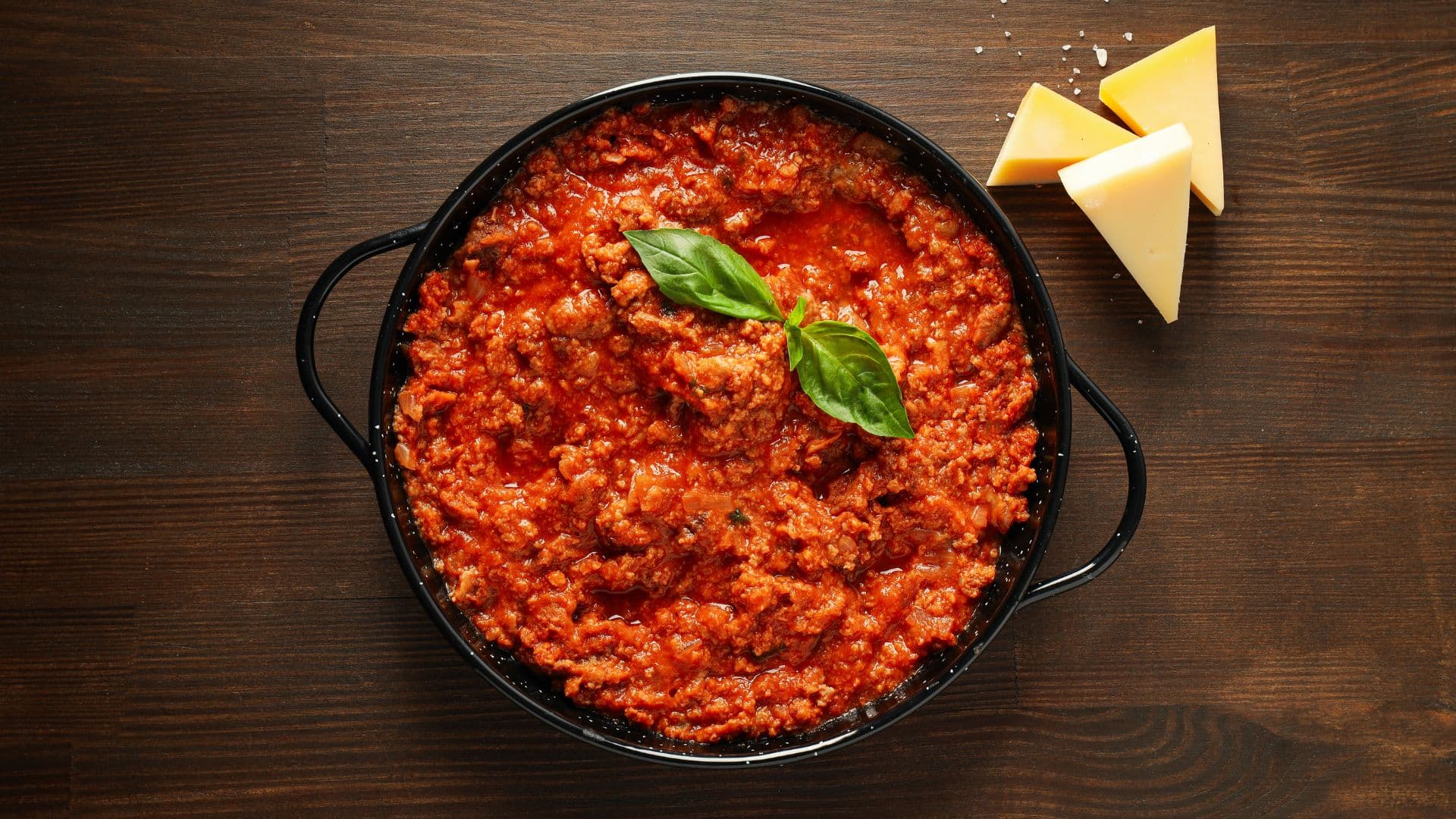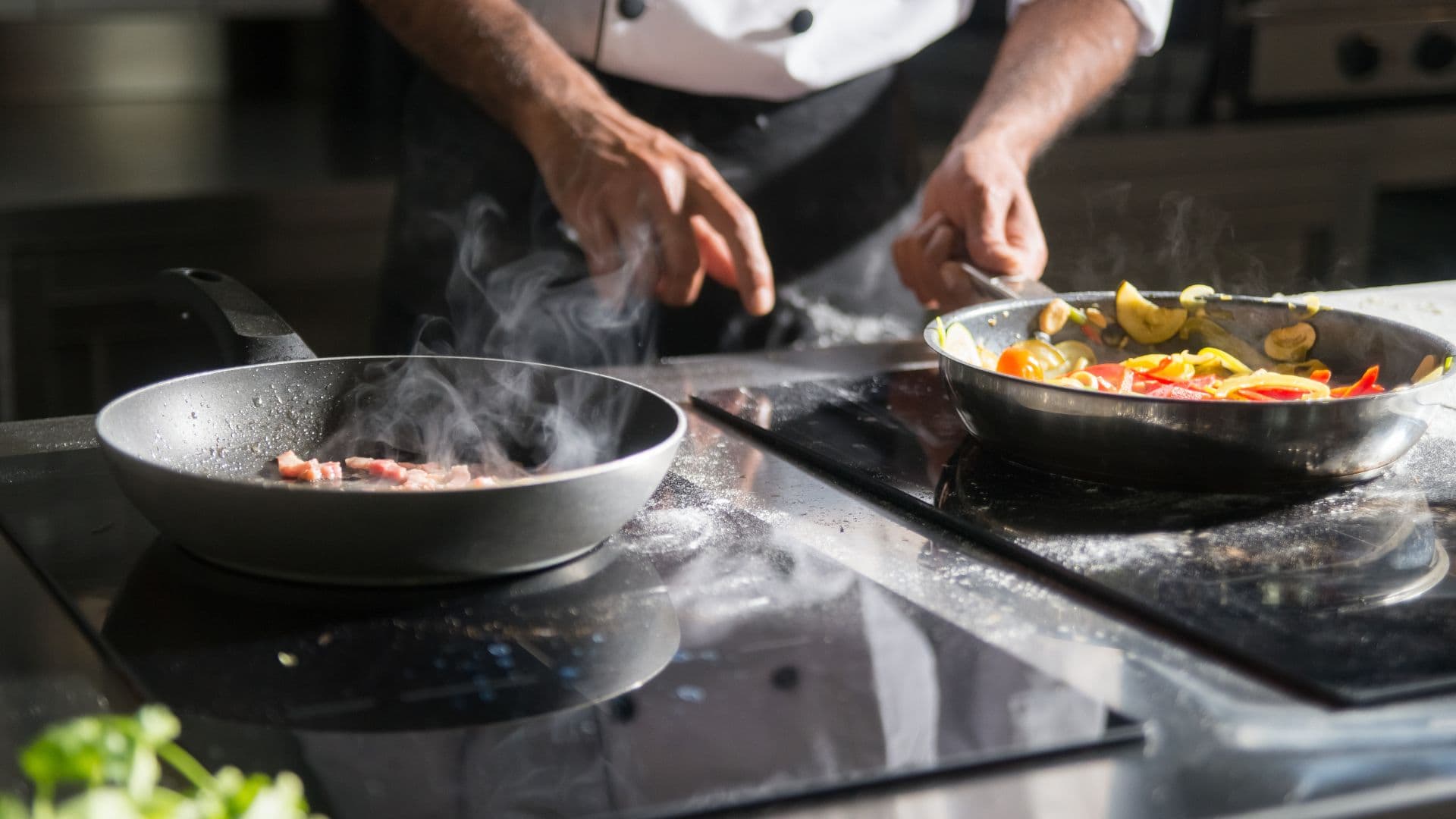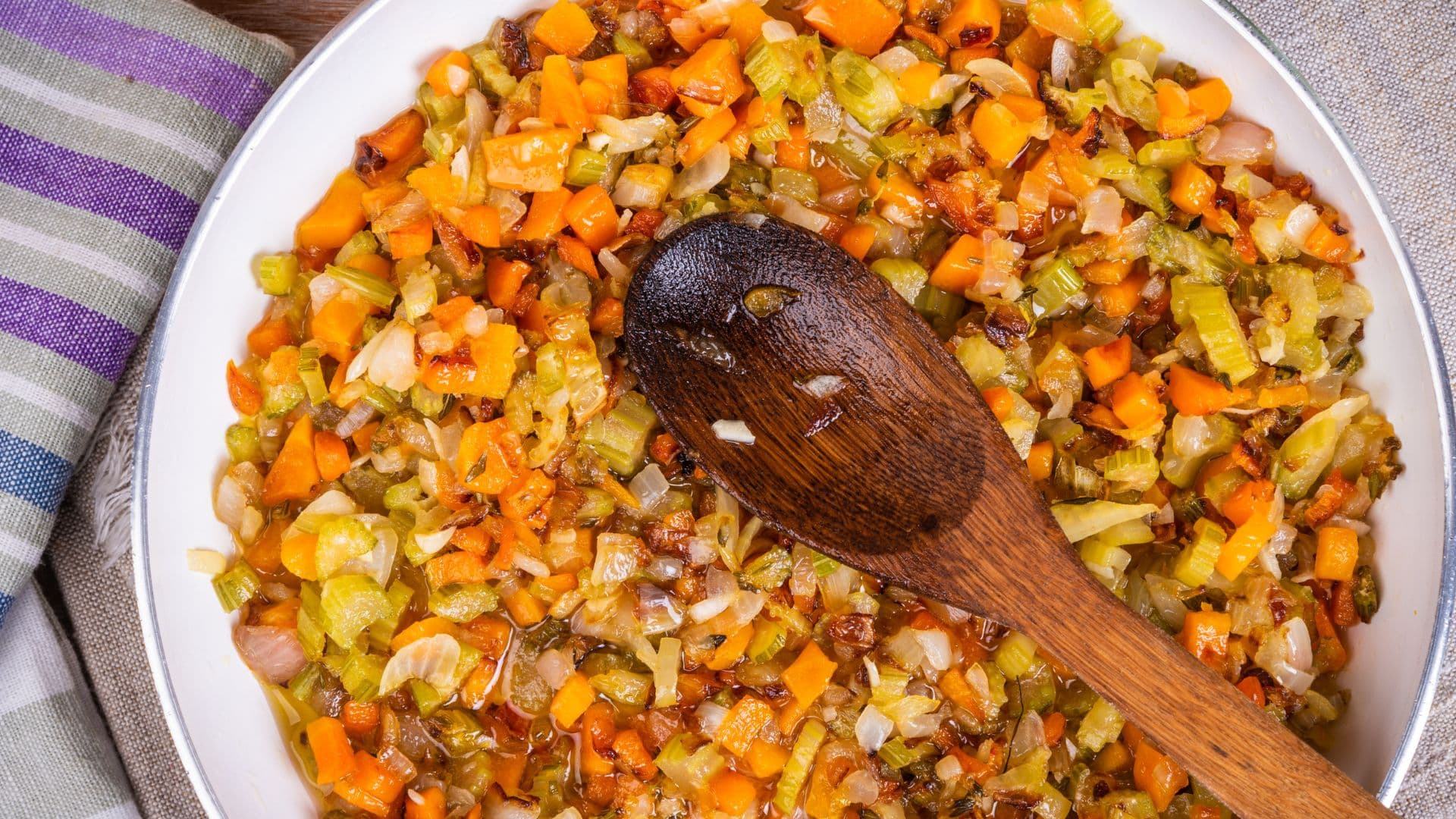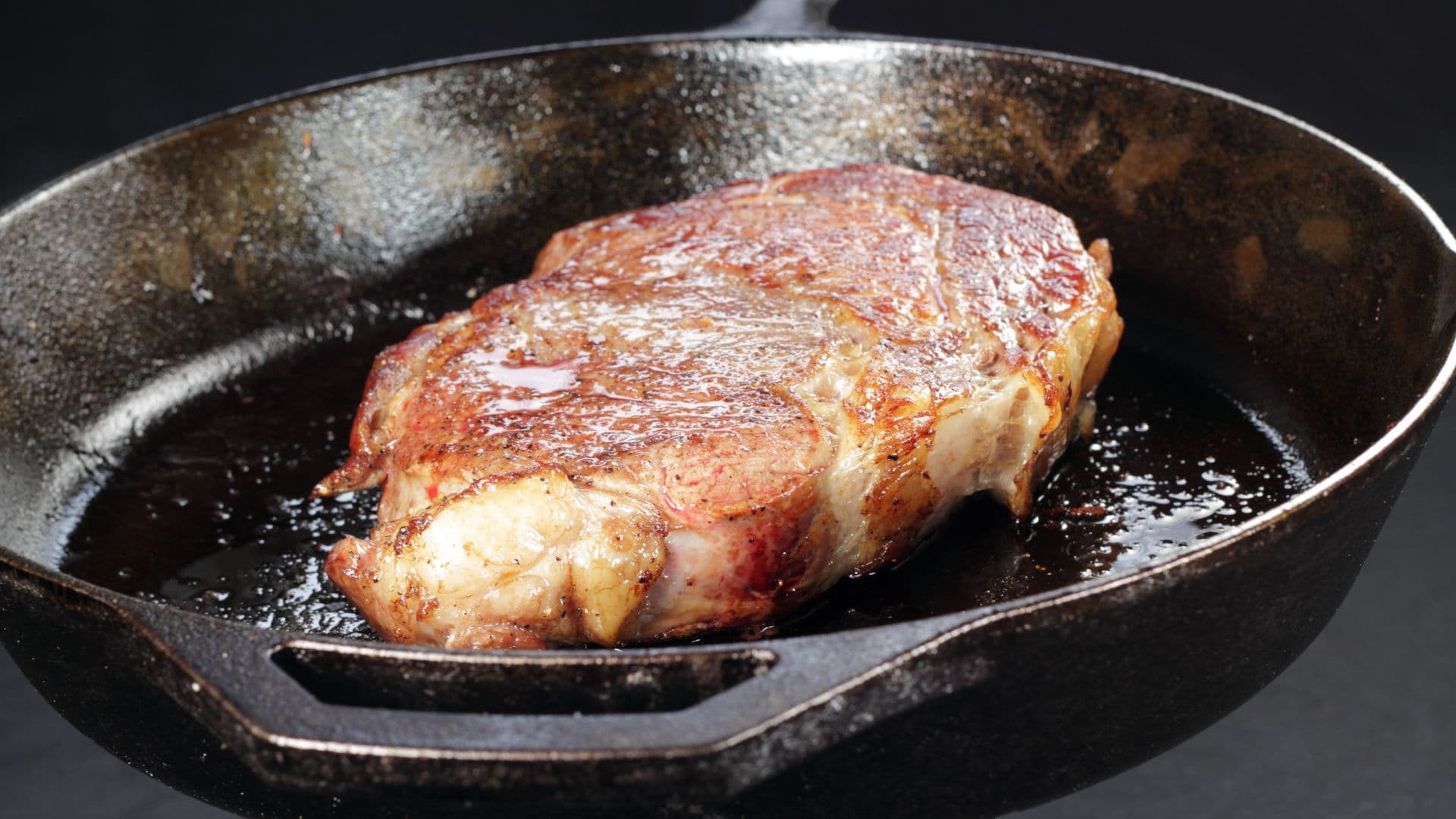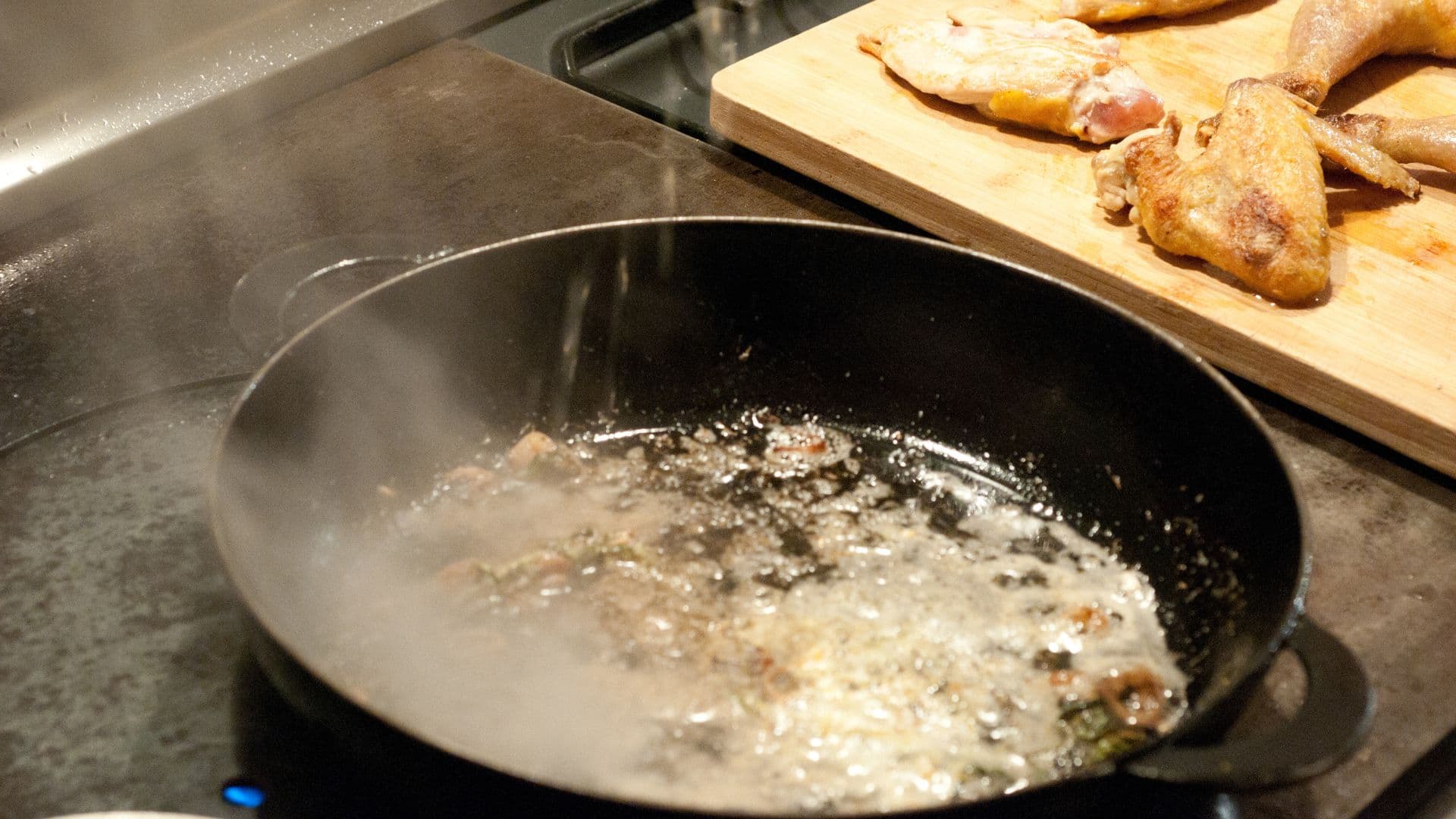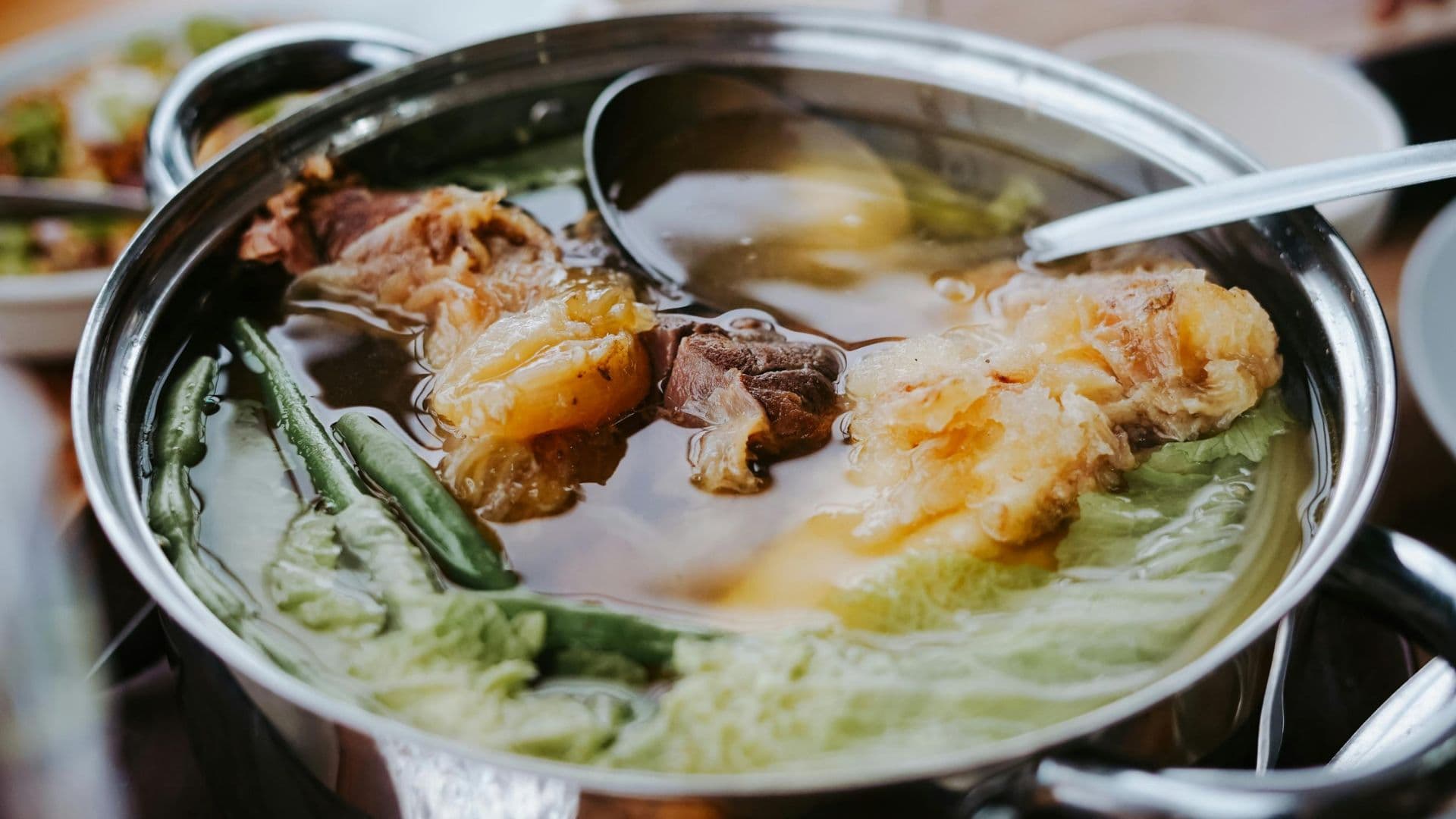Ragu
Rich, deeply flavored meat sauce that transforms simple ingredients through patient cooking. This versatile Italian classic balances savory depth with aromatic vegetables, creating a hearty sauce perfect for pasta in countless variations.
A classic of Italian cuisine, the magic of ragu lies in the long cooking time - meat becomes melt-in-your-mouth tender, vegetables dissolve into the sauce, and everything comes together to form remarkable depth and complexity of flavor.
The fundamental process remains unchanged for centuries: building layers of flavor through proper browning, deglazing to capture every bit of taste, and allowing time to work its magic.
Equipment Needed
- Chef's knife
- Heavy duty pot
- Cutting board
